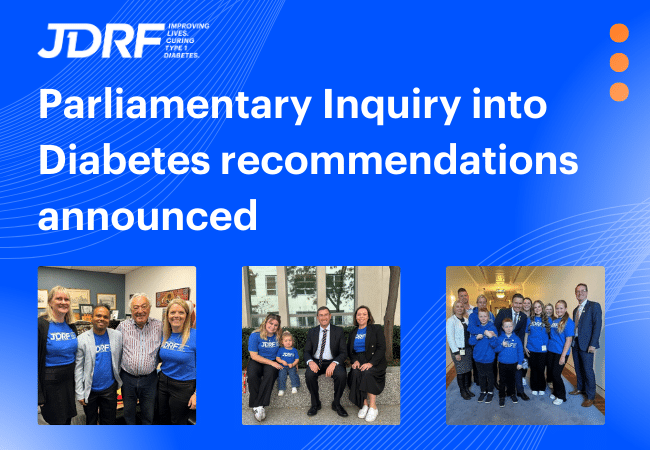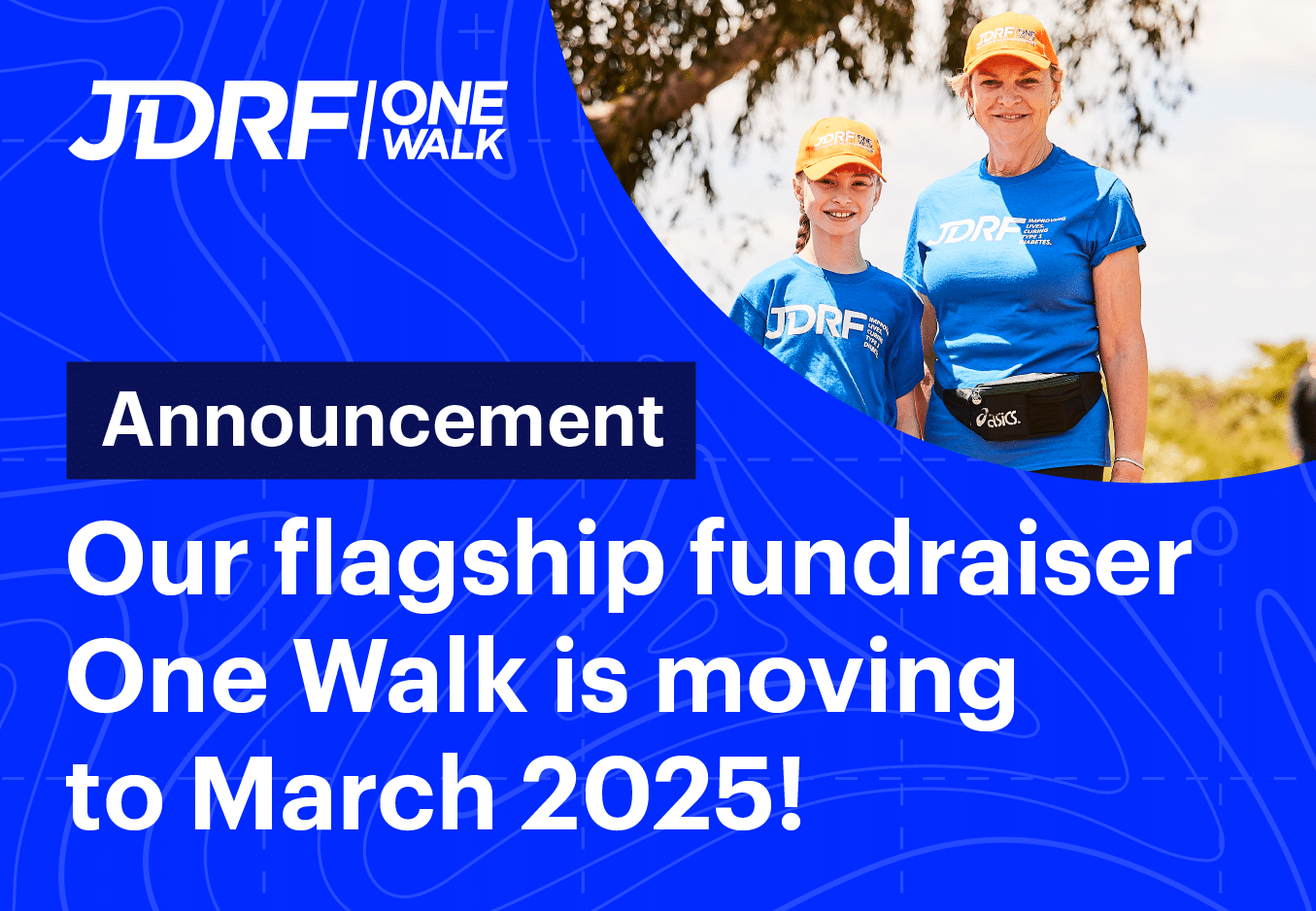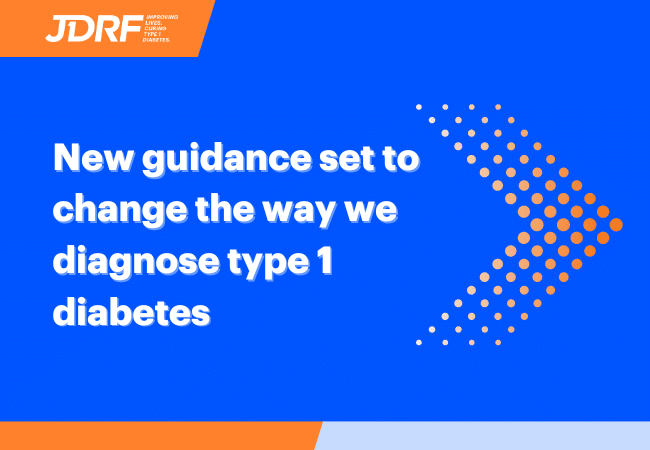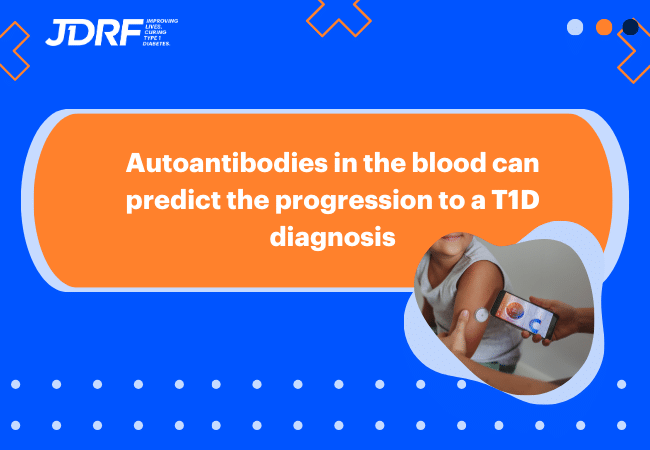Preschool and your child’s type 1 diabetes: what you need to know

Preschools and early learning centres are wonderful places that help your child meet developmental milestones, build valuable social skills and prepare for ‘big’ school. But we know that for many parents, sending a child who lives with type 1 diabetes (T1D) to preschool can be stressful.
With the right support of educators and preschool staff, however, children can continue to thrive and enjoy the benefits of attending early education while having their T1D management needs met. It will take some work from you and the staff of the preschool or early learning centre, but together you can develop appropriate procedures to meet your child’s needs and allow the preschool to fulfil their duty of care.
Read more: Your T1D school checklist
Preparing to send your child with T1D to preschool
Whether your child is returning to preschool or daycare after their T1D diagnosis, or they’ve just enrolled for the first time, you’ll have to meet with staff at the centre so you can explain your child’s needs.
Training will need to be carried out with educators, either by yourself or a diabetes educator – talk to your diabetes educator about how best to go about this. The main areas that will need to be covered are:
- dosing insulin
- monitoring blood glucose levels (BGLs)
- knowing what to do in an emergency – the most likely emergency scenario would be severe hypoglycaemia (a ‘hypo’).
A free online course is also available to early childcare educators through Diabetes Qualified.
How to be involved in your child’s T1D care at preschool
When a young child has T1D or when the child is newly diagnosed, parents might choose to be more involved with T1D management. This could mean they communicate with the preschool closely throughout the day, or attend the centre to help administer insulin doses.
Parents might choose to do this as an ongoing arrangement, or just until the child’s educators feel more confident with T1D management and your child’s needs.
Insulin and food at preschool
Many preschoolers take their own food for the day. As a result, most parents can portion it with pre-planned insulin doses noted, including extra ‘free’ foods if the child is still hungry.
Some early learning centres provide food – if that’s the case for your child’s centre, you’ll need to have a system for checking the carb content of meals with staff. This can be a little problematic, as it might be difficult to accurately calculate the carbs, or to know exactly how much food your child will eat. Don’t let this deter you – there will be an adjustment period for everyone involved in the care of your child. Time – and practice – will help!
Monitoring your child’s BGLs at preschool
Educators will keep a close eye on your child while they’re in their care (as they do with all the kids!). But to assist them to feel confident in picking up on and treating hypos, they’ll need to be especially educated on hypo symptoms. Many young children are hypo-unaware, and hypo symptoms can be difficult to distinguish from a young child’s normal behaviour, so understanding how your child usually acts, and observing any out of character behaviour, is key.
Regular monitoring through a continuous glucose monitor (CGM) or finger pricking will need to occur. This should be scheduled at regular intervals throughout the day, as well as if/when any hypo symptoms are detected.
Treating a hypo at preschool
The preschool or early learning centre will need to have a well-stocked regular supply of hypo treatments, as well as whatever supplies are needed for your usual methods of insulin dosing (injections or pump) and BGL monitoring (finger pricking or CGM).
It’s likely that staff will prefer to use juice as a hypo treatment, rather than jellybeans or lollies, as it’s difficult to manage the expectations of other young kids if lollies are being given to your child. Speak with the staff if necessary – hypo treatments aren’t a treat, and it’s important that your child is offered treatment they’ll consume without resistance or conflict.
For more information on T1D and preschools, visit as1 Diabetes.
Read more about returning to school after a type 1 diabetes diagnosis.




